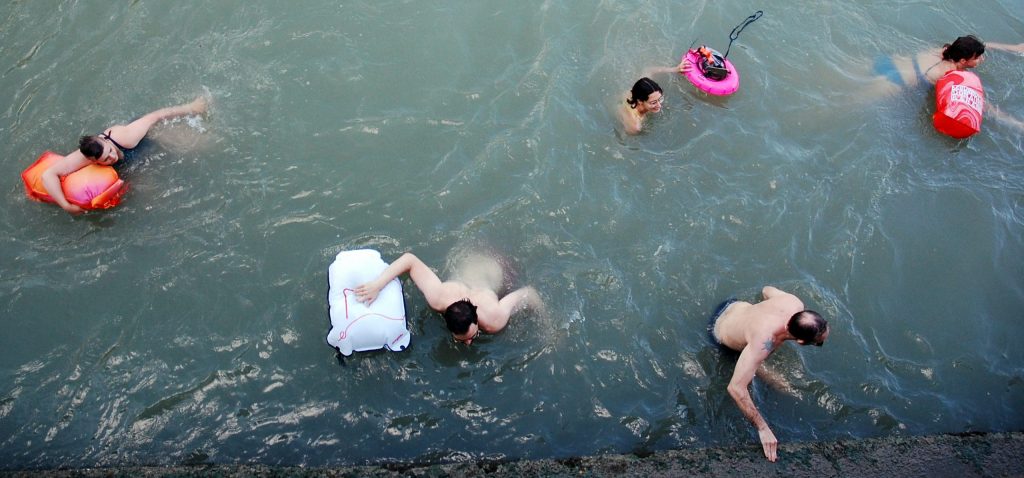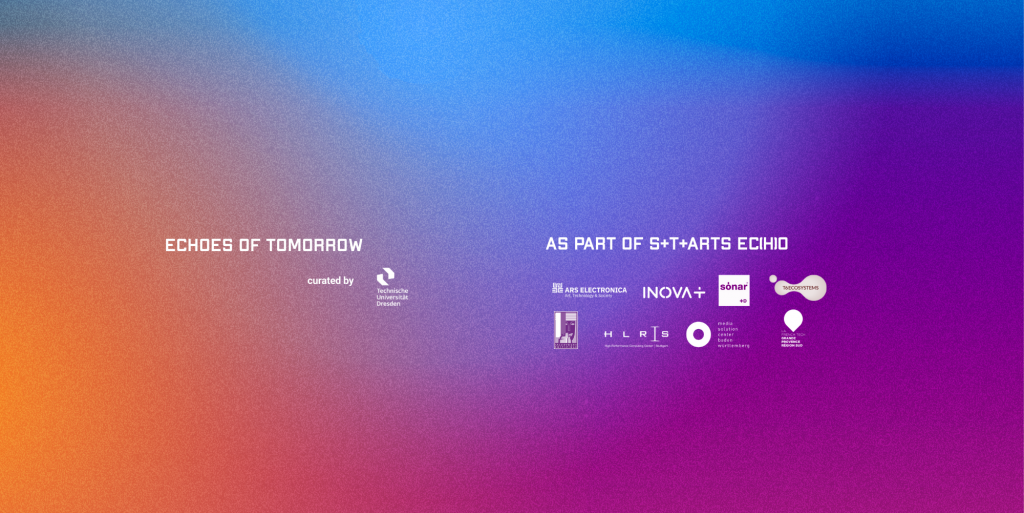What are the textures of a flowing city? Where is it thick, thin, gravelly, porous, soupy, spongy, powdery, firm? What kinds of places do these textures shape? Who (human and other-than-human) lives there and how do they live? Do these textures shift or coalesce? By what rhythms and under what forces? Under what conditions do their structures rupture or break?
A City Flows approaches the Viennese Danube through its sediments. ‘Sediment’ implies matter that sits, that settles, that ‘sediments’ in place, rather like those Roman settlers whose success at fixing the river’s banks set a place of commodity trade that persists as the port of Vienna today. However, sediments flow as much as they settle; their shifting materialities forming novel configurations that become novel places; their kaleidoscopic textures forming the basis for unique rhythms and forms of life to take hold. Sediments, as geology, structure life.
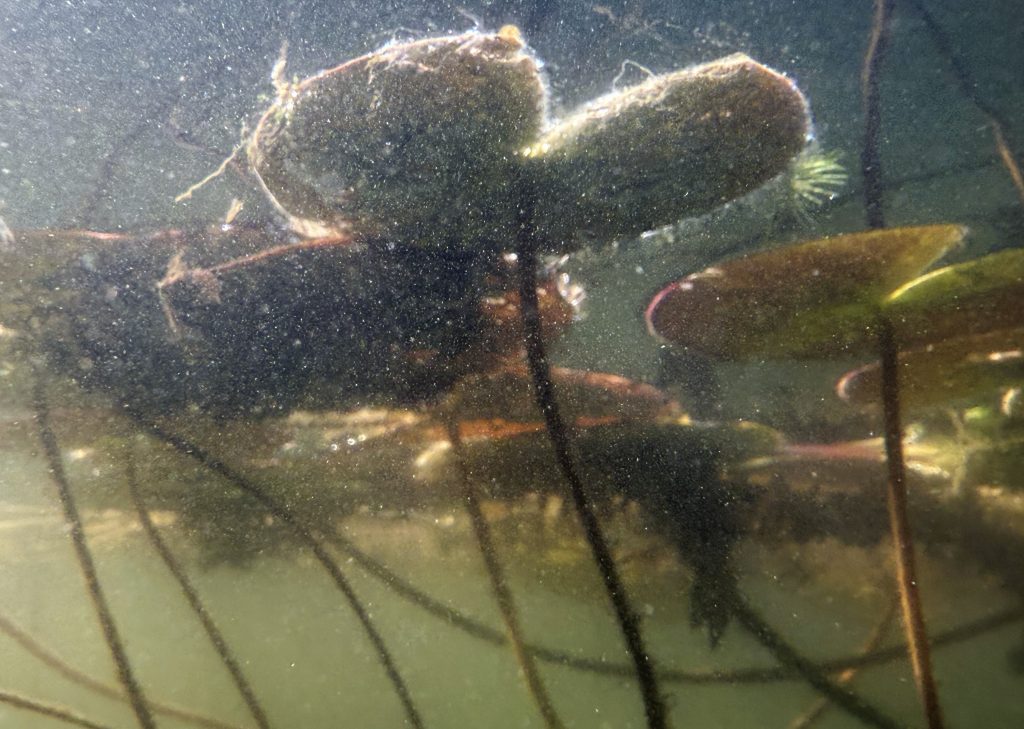
Rather than a river that flows through a city, this project reveals a city that flows as part of a river. In this city, radical disruptions in patterns of flow bear out far beyond the riparian zone.
– Lili Carr
Through a public programme of participatory walks and swims through the Viennese catchment, the project explores the movements of urban life that are directed by the flows and materialities of urban sediments, and the forms of life that take hold when these flows are radically disrupted, and the places these material agitations shape and remake.
The outcome is a reimagining of a city and a river; where one flows as an inextricable part of the other. In this fluid landscape, radical disruptions in patterns of flow bear out far beyond the riparian zone.
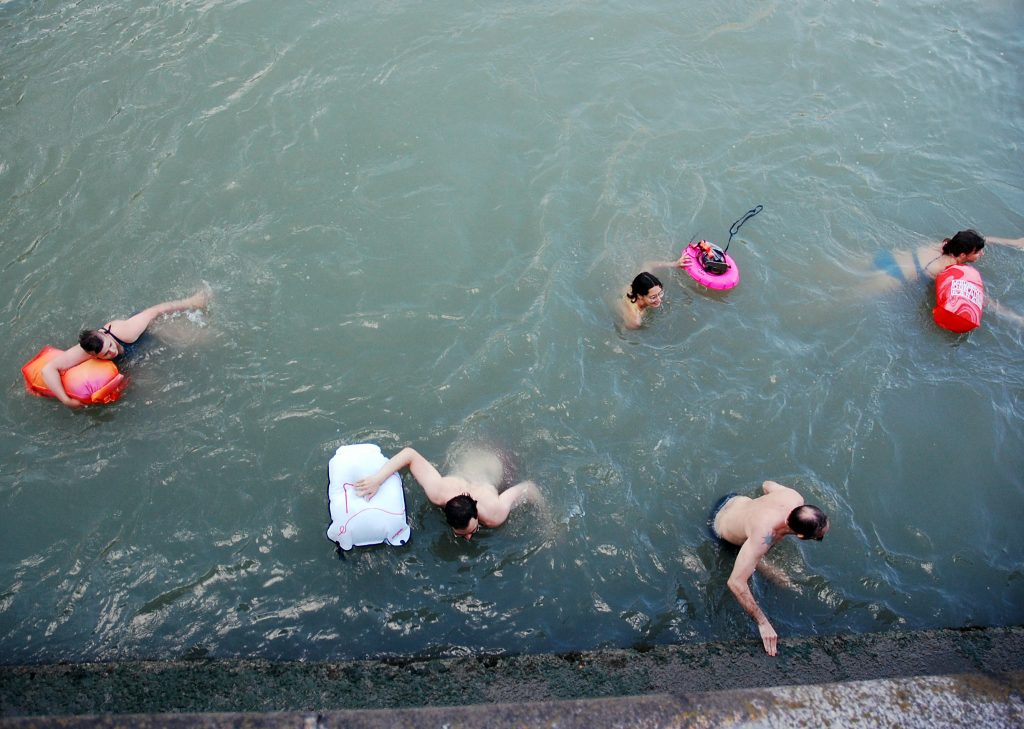
Credits
Artist: Lili Carr (female, British)
Graphic Designers: Eva Claycomb & Agathe Mathel
Researcher: Madita Kümmeringer
With thanks to: BOKU Institute for Hydraulic Engineering and River Research (Helmut Habersack, Allison O’Reilly, William Ries, Maximillian Kastinger, Christine Sindelar, Dominik Worf, Marcel Liedermann, Lilli Mayerhofer, Sebastian Pessenlehner, Patrik Holzapfel, Eva Manzenreiter, Mario Klösch, Dorian Arthur Shire-Peterlechner, Rebecca Burk & Peter Flödl)
BOKU Institute for Hydrobiology (Severin Hohensinner & Nikolaus Töchterle)
Stadt Wien: MA45 Wiener Gewässer (Norbert Friedl, Dominik Hinterleitner, Thomas Ofenböck, Christoph Pieber, Stefan Frischer & Florian Wurzer)
Stadt Wien: Wien Kanal (Marlies Greußing)
Via Donau (Alice Kaufmann, Michael Kalb & Ulrich Zangerl)
Verbund (Roland Schmalfuß)
Schwimmverein Donaukanal (Jette Burtchen, Rebekka Kühn, Nathalie Moritz & Amelie Schlemmer)
Friedrich Hauer
Gabriele Sturm
With additional thanks to the BOKU Department of Landscape Architecture (Roland Tusch, Roland Wück & Daniela Lehner), Lilli Lička, Marcella Brunner, Paul Katterl, Laura Anninger, Elisabeth Danzer (Verschiedene Bilder), and Matthew Harvey.
Residency Support Network
About Lili Carr
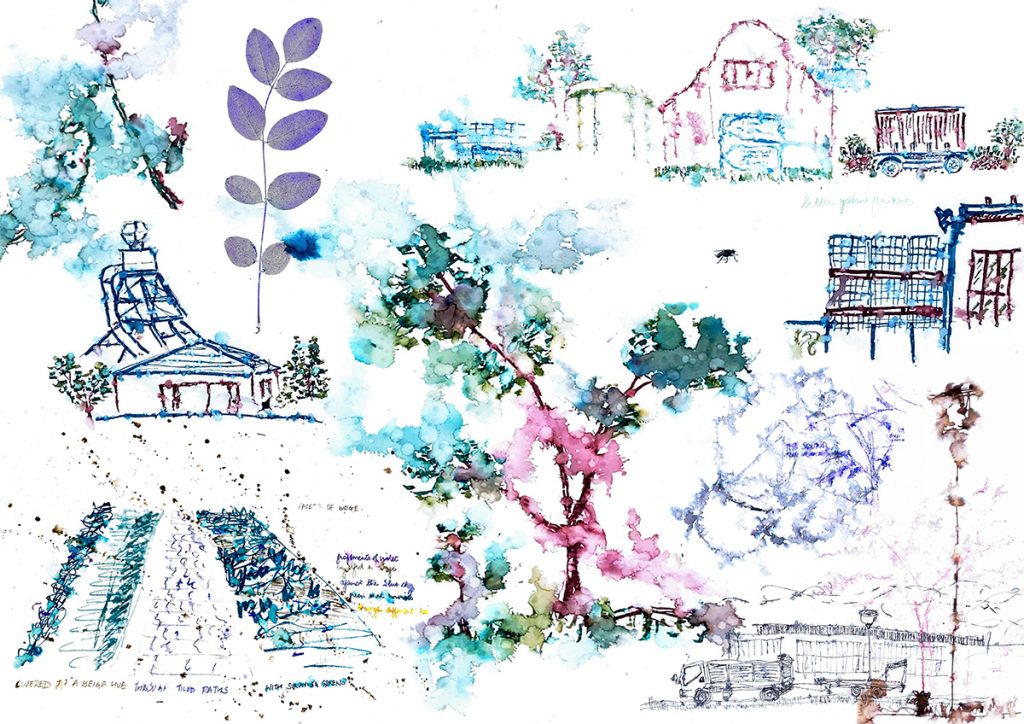
Lili Carr is an architect, educator and artist-researcher with an interest in the soils, atmospheres, waters and ecologies of urban environments. Previous projects include Dense Dark Vegetation as part of the European project More-than-Planet (Waag Futurelab/Ars Electronica, 2023); Vegetation under Power, curated as part of Bauhaus Lab 2021 at the Bauhaus Dessau Foundation in Saxony-Anhalt, Germany; and Feral Atlas: The More-Than-Human Anthropocene (Stanford University Press, 2020), as part of Feral Atlas Collective.
Host / Region

Arca Futuris / Hamburg, Germany, Danube river
Abstract
The residency aimed to challenge the role of the public and policies in comprehending their responsibility for the ecological networks around them. With the Danube at its centre, the project seeks to develop new ways to empower citizens in regard to precious natural resources in a collaborative process.
Keywords
connectivity, trade, hydro power, river restoration, citizen science, co-creation, solidarity
Description of the regional challenge
The Danube plays a role in urban environments, agriculture, industry and as an important navigable waterway. Bearing witness to this, it transports 17 tons of microplastic per year and suspended substances containing hormones, chemicals and pesticides. The Danube riverbed currently finds itself one meter below the level of 60 years ago. This results in a lower level of underground water reservoirs and makes surrounding floodplains more prone to drying up. Due to sediment discontinuity coastal erosion of up to 24 m per year occurs. Only 10 % of the 2600 km length are in equilibrium, the rest is either eroding or showing sedimentation.
How is the mission S+T+ARTS driven?
From the glacier in Austria and its roots in Germany to the Black Sea, the Danube River is subject to a great number of measures and interventions aiming at restoring the river to a more natural state. These aim to preserve natural habitats, prevent natural disasters and create new opportunities for local communities and economical undertakings. The success of these measures is linked to the successful exchange with and involvement of the public sphere around the river.
The artist will get the chance to work closely linked to the Danube4all Project, led by BOKU (Universität für Bodenkultur) Vienna’s Institute of Hydraulic Engineering and River Research (IWA) in collaboration with 48 partnering entities. They will develop ideas around this endangered riverscape that is closely intertwined with the everyday lives of the communities that live close to it.
The result of the residency will be shown during the Klima Biennial Wien 2026
About The Project – Bodies of Water
Bodies of water will reimagine the Danube as a network of indeterminate and dynamic gardens, each expressing particular spatial, material, social and cultural relations with the river as a multispecies body of water. The project takes an expansive approach to gardens as places continually remade by human caring and labouring practices, infrastructural work, and nonhuman activities that each modify water, earth, and air. Departing from narrow perceptions of the Danube as mere resource, infrastructure or bounded surface on a map—an object materially removed from daily life—the project will instead seek to articulate the multiple ways the river shapes and is shaped by the more-than-human relations and processes that constitute it.
Through archival research, fieldwork and a programme of collective imagining, walking, mapping, talking and swimming, the project will tease out the numerous everyday intricacies and intimacies of river relations through how the Danube is named, described, imaged, mythologised and conversed with. Water is the medium through which all life processes pass; we are each and all bodies of water.
Guided by hydrofeminism in conversation with hydrobiology, hydrochemistry and hydro-engineering, the project hopes to shift perspectives and open imaginations towards new eco-social relations with the river, dissolving any perceived divide between human and other-than-human agencies to implicate all in the livability of aqueous ecosystems.
Jury Statement
“The jury is delighted to announce Lili Carr as the winner of the challenge Rivers and their dwelling communities: Re-inventing the bonds hosted by Klima Biennale Wien and the Water Lab at BOKU Wien. Her proposal “Bodies of Water” stood out for its innovative approach that beautifully intertwines gardening, eco-feminism, and riparian ecosystems. The jury was particularly impressed by the unique perspective on the concept of a garden, emphasizing bodies of water and exploring sensory experiences beyond the visual realm. This reimagining of the garden as a topos challenges traditional notions and provides a fresh and thought-provoking interpretation. By integrating scientific research from the Water Lab and socio-historical research with communal art projects, Lili Carr’s proposal has the potential to bridge the gap between academia and the public, fostering a deeper understanding of the Danube’s cultural and environmental significance. Furthermore, the emphasis on community engagement and education in the proposal demonstrates a strong commitment to creating a sense of accountability and agency for the river, which was a key requirement of the challenge. We are excited to see how Lili Carr’s proposal will come to life and how it will impact the local community and the broader conversation surrounding rivers and their dwelling communities. Congratulations to Lili Carr for her outstanding achievement and innovative vision!”
